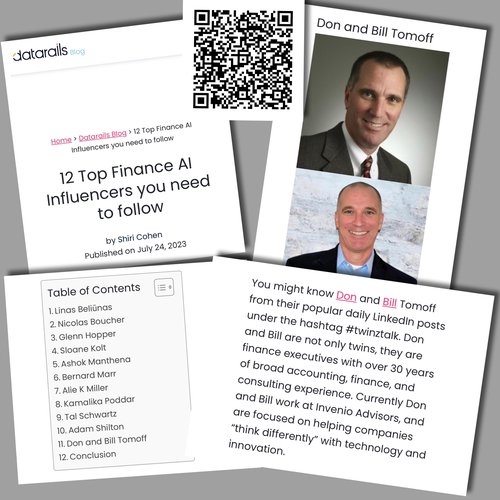This is part 4 of 6 posts introducing ChatGPT and a path forward to consider for adoption and learning growth. Part 1 of 6 (Introduction) can be found here. Part 2 of 6 (Description of GenAI framework and ChatGPT “fit”) can be found here. Part 3 of 6 (Steps to Getting Started) can be found here.
- Prompt engineering – overview: Prompt engineering is designing and refining inputs (prompts) given to AI models, like ChatGPT, to optimize the quality and relevance of their outputs. This process involves carefully crafting questions, statements, or scenarios that guide the AI to generate responses more aligned with the user’s intentions.
- Prompt Library – prompting styles will be a repetitive process. Build a library of frequent prompts used. Per ChatGPT, “Developing a prompt library—a curated collection of well-crafted prompts designed for various tasks, questions, or scenarios—offers numerous advantages for users engaging with Large Language Models (LLMs) like ChatGPT. This practice harnesses the model’s capabilities more effectively and efficiently.”
- Custom Instructions – per ChatGPT, “Building personal “custom instructions” for ChatGPT is akin to personalizing a tool to work more effectively for your specific needs and preferences.” Seth Godin describes and gives examples of custom instructions in his blog post, ChatGPT for you dated September 20, 2023.
- Iterative process – The ChatGPT thread builds on the previous prompts, helping to expand thinking or dive more deeply into a topic. Per ChatGPT, “The iterative learning process in a prompt thread with ChatGPT refers to the model’s ability to build upon previous interactions within the same conversation to generate responses that are more accurate, relevant, and customized to the user’s ongoing queries or requirements.”
- Hallucinations – Per ChatGPT, “In the context of GPT models, hallucinations refer to instances where the AI generates information or data that is inaccurate, fabricated, or not grounded in reality. These hallucinations can range from minor inaccuracies to entirely false narratives or facts. Understanding and mitigating the risk of such hallucinations is crucial.”
The list above will quickly expand as you work with ChatGPT, yet a brief understanding of these topics will enhance your ability to work more meaningfully with the platform. Below are influencers and courses to consider that will allow you to delve deeper into your areas of interest. Stay curious and open to learning, and show up daily to build your skills and real-life examples that will inspire you to keep going.

